Reproduction is one of the fundamental features of life on earth. Reproduction means ‘to produce’. Plant reproduction is a biological process by which plants produce new individuals or offspring. Reproduction enables the continuity of plant species, generation after generation.
Modes of Reproduction
Modes of reproduction in crop plants are mainly divided into two categories:
1. Asexual reproduction.
2. Sexual reproduction.
Asexual reproduction has been discussed in detail in the article- ‘Reproductive Biology in Crop Plants: Part One’. In this article, sexual reproduction and its significance will be discussed.
What is Sexual Reproduction?
Sexual reproduction is a type of reproduction process that involves fertilization, i.e., the fusion of male and female gametes to form a zygote which develops into an embryo.
Best safe and secure cloud storage with password protection
Get Envato Elements, Prime Video, Hotstar and Netflix For Free
Best Money Earning Website 100$ Day
#1 Top ranking article submission website
- In crop plants, male and female gametes are produced in flowers.
Flower
The flower is the specialized reproductive structure of plants. A flower usually consists of sepals, petals (or their modifications), stamens and/or pistils. Stamen is the male and pistil is the female reproductive part of a flower.
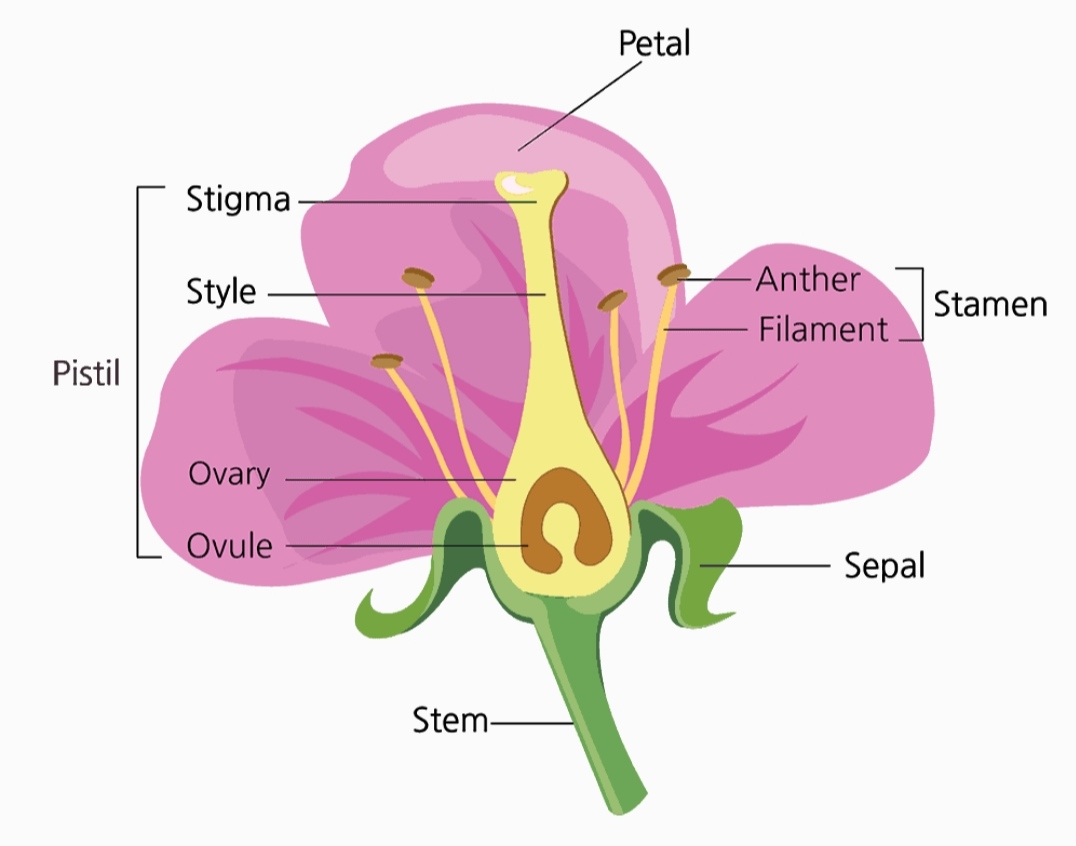
Types of Flower
Depending upon the presence of stamen and pistil flowers can be of two types:
1. Bisexual flower: A flower containing both stamen and pistil is known as a bisexual flower or perfect flower or hermaphrodite flower.
2. Unisexual flower: A flower containing either stamen or pistil is known as a unisexual flower. If it contains only stamen, it is known as a staminate flower, on the other hand, the pistillate flower contains only pistil.
- When staminate and pistillate flowers occur on the same plant, it is known as monoecious species. Some monoecious species are maize, Colocasia, castor (Ricinus communis), coconut etc.
- When staminate and pistillate flower occurs on different plants, it is known as dioecious species. Some dioecious species are papaya, date palm (Phoenix dactilifera), pistachia (Pistacia vera), hemp (Cannabis indica) etc.
Process of Reproduction
In sexual reproduction, male and female gamete fuse together to form the zygote. The male gamete is produced in microspore, while the female gamete is produced in megaspore.
- Megaspore and microspore are produced through the sporogenesis process.
Sporogenesis
The production of microspores and megaspores are known as sporogenesis. The microspores are produced through microsporogenesis, while megaspores are produced through megasporogenesis.
Microsporogenesis: The process of forming microspores or pollen grains is known as microsporogenesis. Microspores are produced in the anther. Each anther has four pollen sacs which contain numerous pollen mother cells (PMC’s). Each PMC undergoes meiosis and produce four haploid cells or microspores. The microspores mature into pollen grain by thickening of their walls.
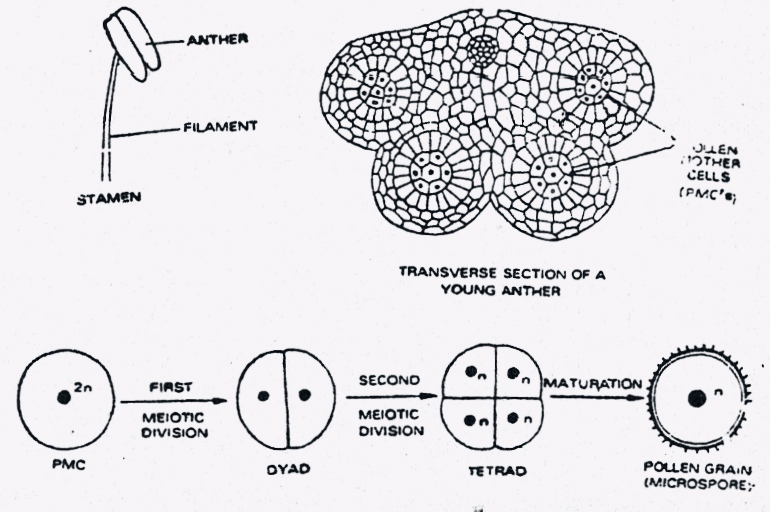
Megasporogenesis: The process of forming megaspores is known as megasporogenesis. Megaspores are produced in ovules. A single cell in each ovule differentiates into a megaspore mother cell. The megaspore mother cell undergoes meiosis and produces four haploid megaspores. Three of the megaspores degenerates leaving one functional megaspore per ovule.
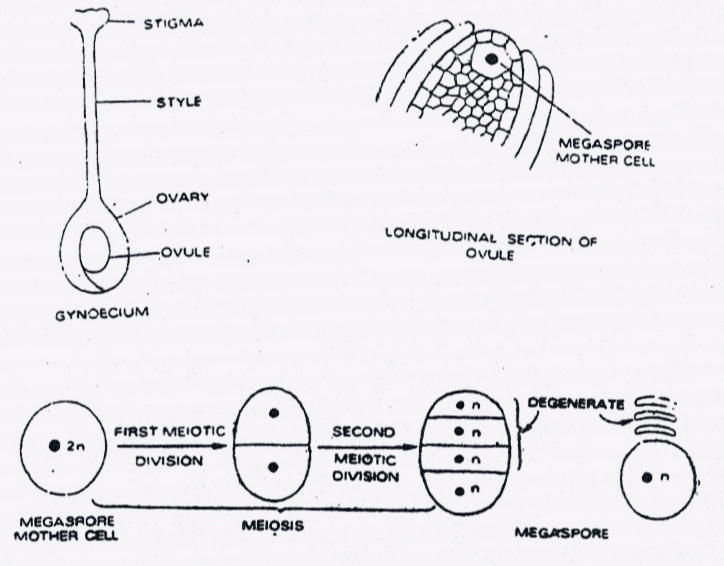
- After sporogenesis, gametogenesis occurs.
Gametogenesis
The production of male and female gametes are known as gametogenesis. The male gametes are produced through microgametogenesis, while female gametes are produced through megagametogenesis.
Microgametogenesis: The process of forming male gametes or sperms is known as microgametogenesis. Male gametes are produced in microspores. During the maturation of pollen, the microspore nucleus divides mitotically to produce a generative nucleus and a vegetative or tube nucleus. The pollen is released in this binucleate stage. After pollination, pollen germinates through the style. The generative nucleus now undergoes mitosis and produce two male gametes or sperms. The pollen along with the pollen tube is known as microgametophyte.
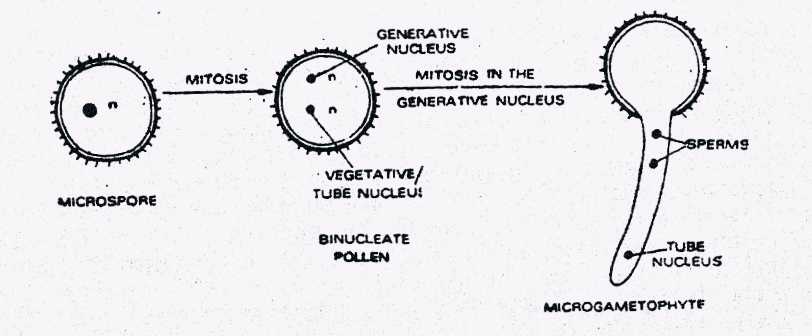
Megagametogenesis: The process of forming female gametes is known as megagametogenesis. Female gametes are produced in megaspores. The nucleus of a functional megaspore divides mitotically to produce four or more nuclei. In most crop plants, the megaspore nucleus undergoes three mitotic divisions and produces eight nuclei. Three of these nuclei move to one pole and produce a central egg cell and two synergid cells. Another three nuclei move to another pole and produce antipodal cells. The rest of the two nuclei remains in the centre, known as the polar nucleus. The two polar nuclei eventually fuse and form the secondary nucleus. The megaspore thus develops into a mature megagametophyte or embryo sac. The embryo sac generally contains one egg cell, two synergids, three antipodal cells; all are haploid except the secondary nucleus (polar nucleus) which is diploid.
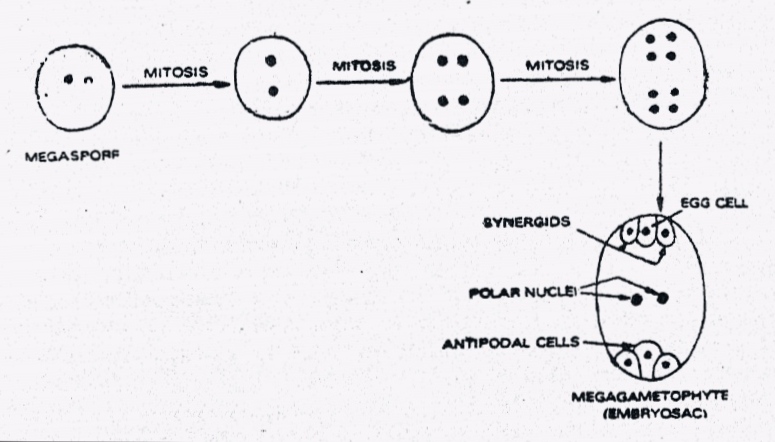
- When male and female gametes become mature, as a result of pollination, fertilization occurs.
Fertilization
The process of fusion of male and female gametes is known as fertilization. After pollination, fertilization occurs. In crop plants, there are two sperm cells per pollen tube. Of the two sperm cells, one sperm fertilizes the egg cell, forming a diploid zygote. The other sperm fuses with the two polar nuclei, forming a triploid cell that develops into the endosperm. Together, these two fertilization events in crop plants are known as double fertilization. The fertilized ovule forms the seed, whereas the tissues of the ovary become the fruit, usually enveloping the seed.

Significance of Sexual Reproduction
In evolutionary biology sexual reproduction has great significance.
- Sexual reproduction makes it possible to combine genes from two parents into a single hybrid plant.
- Recombination of these genes produces a large number of genotypes.
- It provides variation to the progeny that helps in better survival and helps it to gain its uniqueness within the species.
- For genetic variation, the disease would not terminate the whole population.
- The progeny has a greater ability to adapt to the changing environment.
Related Articles
References
- Plant Breeding Principles and Methods by B. D. Singh (4th edition; 1990).
Revised by
- Khaleda Akter Shompa on 28 July 2021.
- Shraboni Mostofa on 30 September 2021.
 Plantlet The Blogging Platform of Department of Botany, University of Dhaka
Plantlet The Blogging Platform of Department of Botany, University of Dhaka
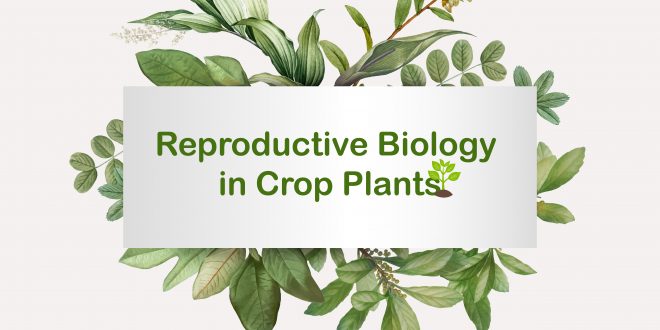

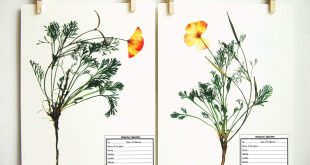



Can you be more specific about the content of your article? After reading it, I still have some doubts. Hope you can help me.